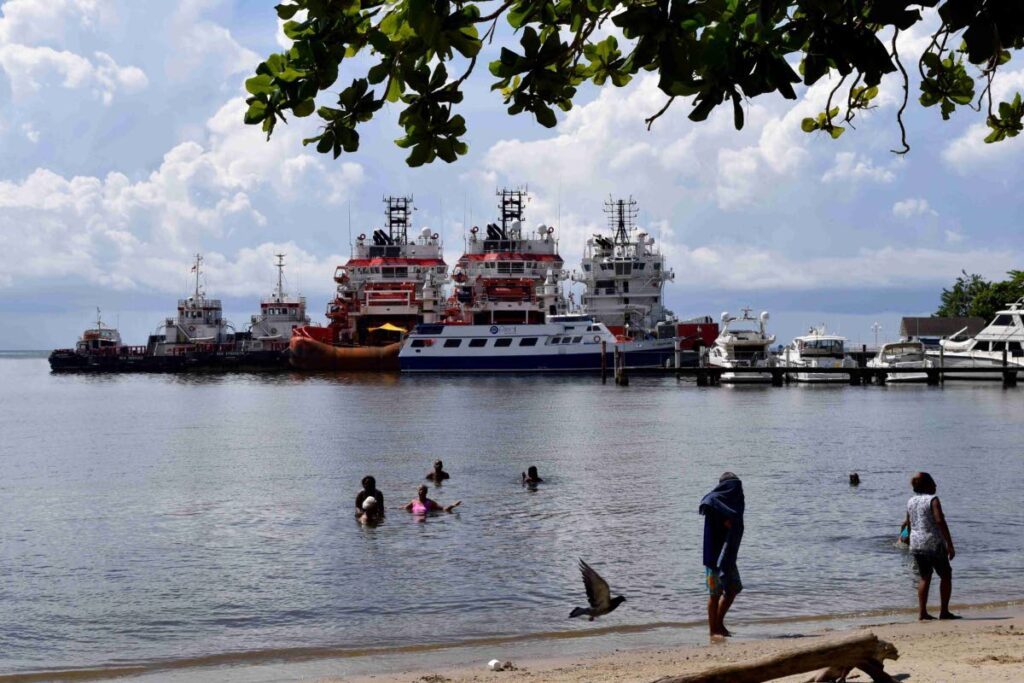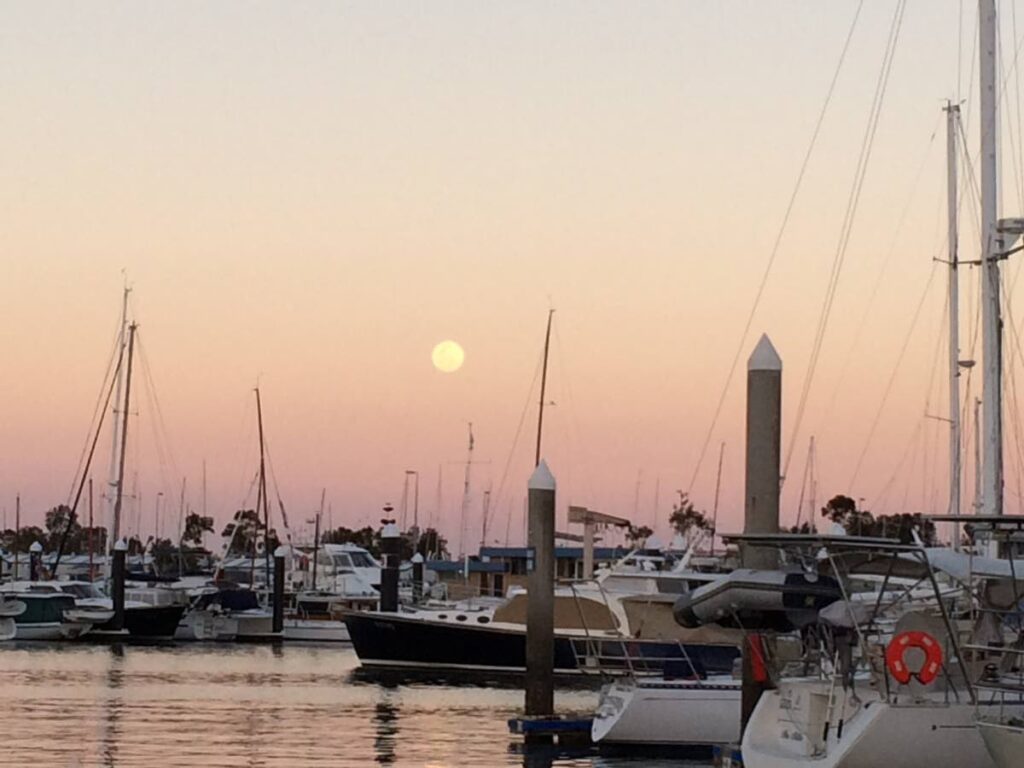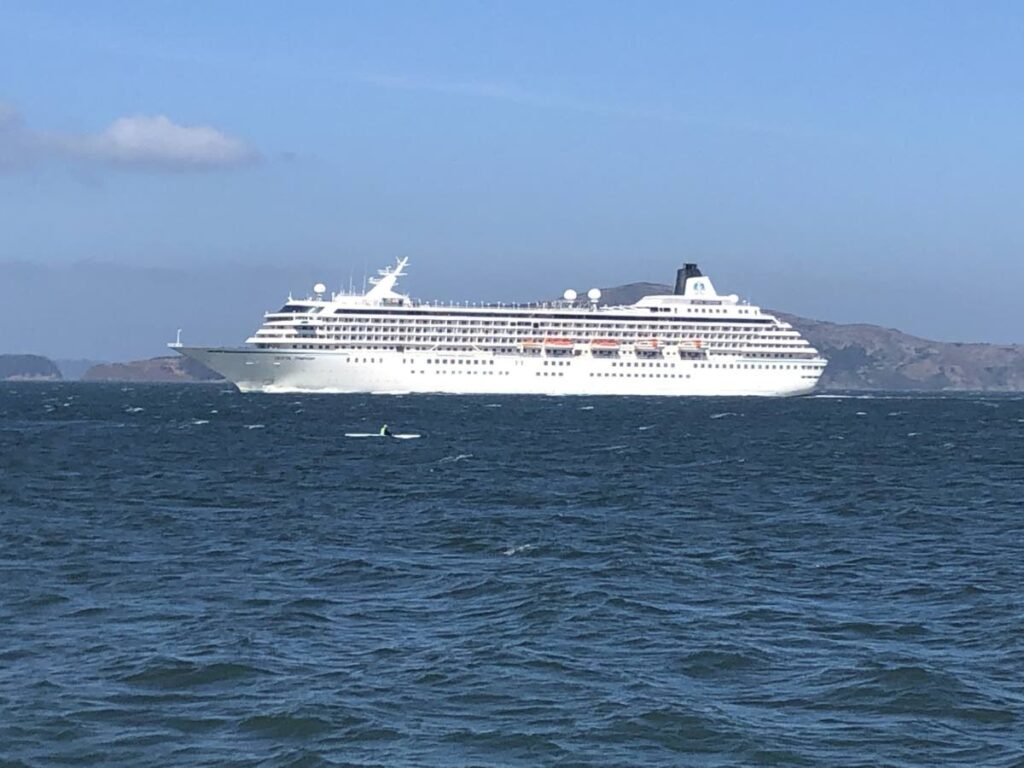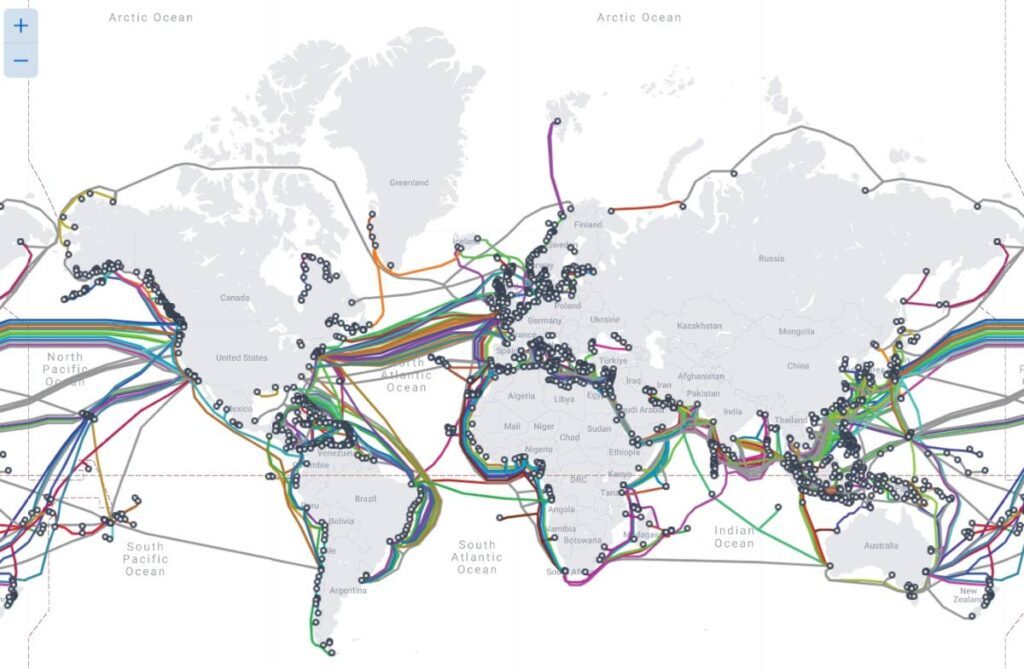Our industrialised ocean

Dr Anjani Ganase looks at how human development is changing the ocean, and altering Earth’s natural habitats, biodiversity and defences.
When we look out on the ocean, we see the vast endless blue of its surface. Below this surface is a wealth of resources that humans have tapped for centuries.
The ocean is a major source of resources, with benefits to humans, many to the detriment of its residents and the environment. Global governance of our ocean is challenging, and growing more alarming as nations continue to industrialise the ocean.
Industrialisation consists of four aspects: mass manufacturing of new technologies, large-scale capital investment, social acclimatisation, and economic incentives.
Here are some ocean industries with benefits to humans but with significant impact on the ocean ecosystem.
Transport and communications
Shipping is a testament to the globalisation that has occurred post-World War II. To facilitate the shipment of goods around the world, ports and boatyards serve the ships.
Annual shipping trade value amounts to US$14 trillion and every year, 11 billion tons of goods are shipped, equating to 1.5 tons per person on the planet.
Global shipping is not evenly distributed among countries. China leads. Fossil fuels – oil, gas and coal – account for 40 per cent of the globally shipped cargo, while other types of cargo include machinery, bulk raw materials such as construction materials, electronics and agriculture (livestock, fruit and vegetables).

Currently there are over 106,000 merchant fleets in the ocean (2023), including tankers, bulk carriers. Most of these vessels come from Asia and the Americas. Shipping is growing in developing countries, while the demand in developed regions has levelled.
Shipping is a major carbon emitter; it has also made the ocean a very noisy and disorienting place for marine life, resulting in ship strikes and the loss of marine mammals.
The infrastructure for global communication lies along the sea floor and in the skies above. In 1866, the first transatlantic telegraphic cable (a copper wire) was laid. In 1956, a telephone co-axial cable was laid between the US and London. By 1988, the first fibre-optic cable was laid, between the US, England and France.
Today, there are over 1.4 million kms of submarine cables on the ocean floor; over 200,000 kms of cable connect Asia and America.
Submarine cables may have a lifespan of 25 years and are typically replaced; the obsolete cable may be left on the ocean floor, rerouted or pulled up for recycling of raw materials.
Given our appetite for the internet, this industry is likely to continue to grow in the sky and in the sea. Much of the seafloor is still to be explored as we lay these pipelines connecting continents. Disconnection happens because of fishing or anchoring activities, rather than sharks biting at the cables.
Mining and energy
Fossil-fuel extraction is probably the most expansive industry in the ocean. Drilling for fossil fuels started on land, but migrated to nearshore (35 feet) and then expanded to offshore, deep-ocean exploration (5,000 feet) and drilling in the 1950s. There are over 1,300 offshore oil rigs around the world, with most in the North Sea, Gulf of Mexico, Persian Gulf, and Asia.
Interest in deep-sea mining is growing as we move toward renewable energy with battery technology. Rare-earth metals, such as lithium, cobalt and graphite, are used for battery development. These mineral deposits are found on the Clarion-Clipperton Zone, 13,000-18,000 feet deep in the Pacific Ocean.
The advent of deep-sea mining is likely to incur severe biodiversity loss. Together with climate change, this brings into question our incessant need to destroy our natural habitats for technology; the cost is the loss of the very biological resources we need to survive.
Very little is known about the deep-ocean ecosystem or environment and its importance. It is our hope that the International Seabed Authority may curb the willingness to dig up the ocean bed and keep commercial deep-sea mining at bay.
Food fish
Industrialised fishing began after World War II. Today, scientists have shown the peak fishing catch occurred in 1996, with an estimate of 130 million tonnes. This was followed by steep declines in global catch. Today, much of the fisheries are supplemented by fish farming and aquaculture.

The increase in offshore fisheries is closely related to the advancement in boat and fishing technology. Steam engines in the 1800s permitted boats to go farther offshore, while refrigeration on boats allowed the boats to be out for longer. Countries such as Japan, China, the US and Europe had large fishing fleets and the use of long-lining fishing drastically increased fishing catches by vessel. With onboard processing and declining fish populations, factory fishing pushed farther offshore.
Today, 90 per cent of all the big fish in the ocean have been caught.
Recreation and touring
Cruise tourism has soared over the last 50 years, expanding in the ocean around the world, and now expanding to the poles. Passengers may be up to 6,000 onboard. Today, the global fleet of cruise ships can house over 500,000 people and bring in revenue of US$150 billion.
There are many environmental issues caused by the cruise ship industry: marine pollution includes solid waste, wastewater, bilge and ballast water. Solid waste refers to all solid organic and inorganic waste being dumped, including plastics. While cruise ships make up less than one per cent of liners globally, they account for up to 25 per cent of solid waste produced by the shipping industry.

For most liners, the treatment of sewage is managed by basic marine standard systems, meaning discharged waste will have faecal and bacteria concentrations, nutrient and heavy-metal amounts well above the threshold for “clean water” standards.
Bilge and ballast water contribute significantly to oil and hydrocarbon pollution in the oceans, while ballast water also serves as a vector for disease transport and invasive species.
Antifouling chemicals are highly toxic to marine life, and known bio-accumulators, such as TBT, are still used by some ships. In eco-sensitive regions, cruise liners have strikes with marine mammals and turtles which can be fatal to the animals. They destroy shallow-water habitats, such as coral reefs and seagrass beds.
Light pollution produced by these floating ocean cities disorient migrating marine and bird life. Tourist ships in Antarctica are mandated to install blackout curtains and go dark to avoid this disturbance.
Marine alterations
Construction in coastal and marine areas is estimated to have a physical footprint of 32,000 square km, but according to Bugnot et al the estimated area of impact or alteration is as high as 1-3.4 million km2 when considering noise pollution, changes in current flow, water quality and other indirect alterations.
Most marine alterations are related to aquaculture, commercial ports, artificial reefs, marinas and oil and gas pipelines, cable and rigs. China (40 per cent of global ocean construction) has the largest amount of construction in its economic exclusion zone (EEZ), largely to support aquaculture. South Korea is responsible for ten per cent of the global ocean construction, for seafood production.

Marinas are most commonly found in the US and Canada, while the highest density of offshore gas rigs is in the Gulf of Mexico.
Physical alterations to the ocean for human use are expected to increase by 23 per cent by 2028, with the biggest growth in power production and aquaculture infrastructure. Most of the alterations occur within the countries’ EEZ. Coastal alteration means displacement of natural habitats, many of which are dynamic and adaptive to climatic shifts, but also important for food security, coastal stability and culture.

Comments
"Our industrialised ocean"